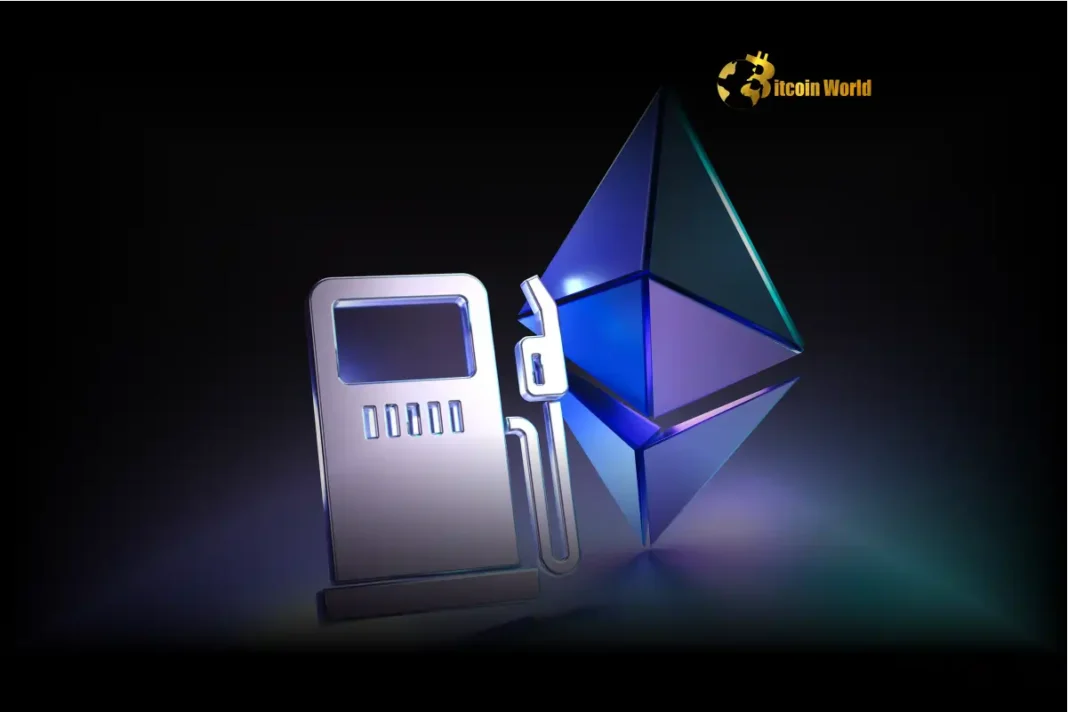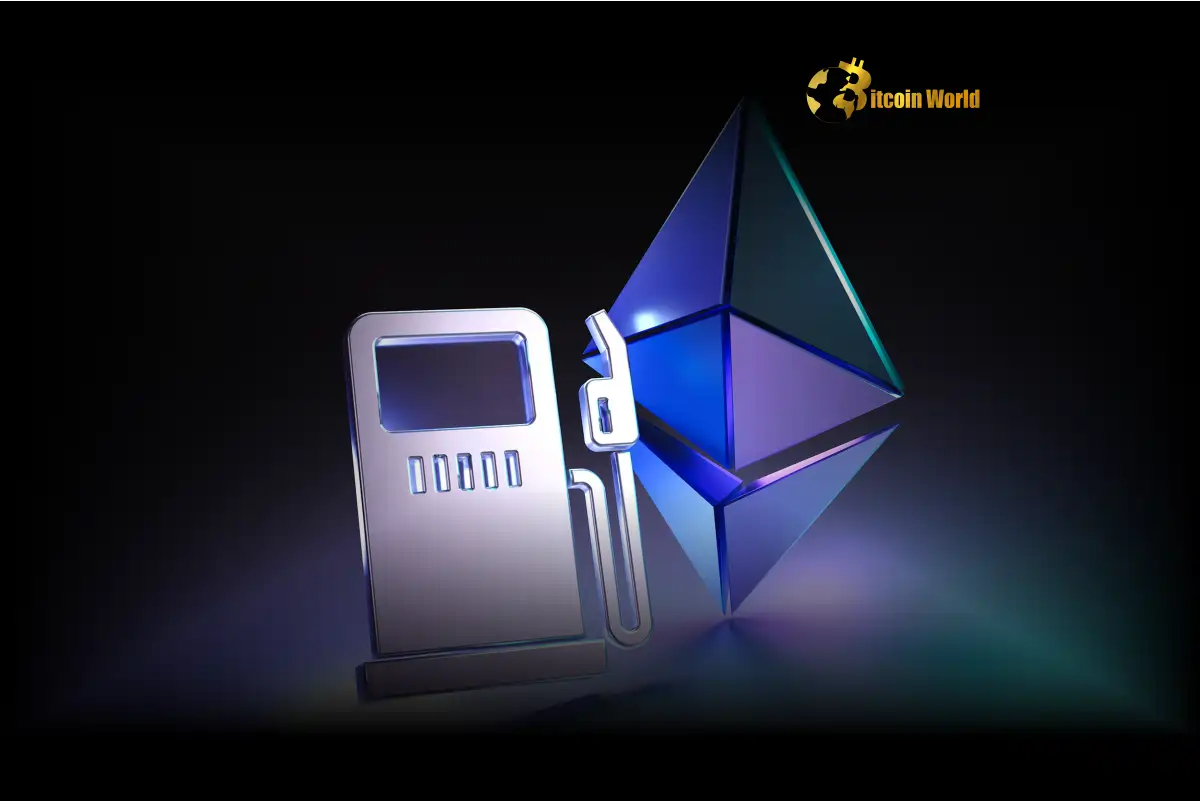Thrilling developments are brewing on this planet of Ethereum! The community’s core Ethereum builders are contemplating a big technical improve that would dramatically alter how transactions are processed. A key proposal for the upcoming Fusaka laborious fork suggests an enormous fourfold improve within the layer-1 Ethereum gasoline restrict, doubtlessly boosting it to an unprecedented 150 million gasoline.
What’s Behind the Proposed Ethereum Gasoline Restrict Improve?
This formidable proposal is detailed in Ethereum Enchancment Proposal (EIP) 9678, spearheaded by Ethereum Basis developer Sophia Gold. The present gasoline restrict stands at roughly 35.95 million, a determine that has seen a modest improve from a mean of 30 million since August 2021, in response to information from YCharts. The transfer to 150 million represents a basic shift in community capability.
Elevating the gasoline restrict basically permits extra computational work (and thus extra transactions or extra advanced sensible contract interactions) to be included in every block. Consider the gasoline restrict as the utmost quantity of ‘gas’ a block can maintain. The next restrict means extra gas is on the market per block.
Why the Fusaka Onerous Fork?
Integrating such a big change requires cautious planning and testing. Ethereum core developer Tim Beiko highlighted that testing the community underneath increased gasoline limits is essential as a result of it could possibly reveal underlying shopper bugs which may not be obvious at decrease capacities. Together with this improve within the Fusaka laborious fork gives a devoted timeframe and coordinated effort to carefully check and implement the change safely.
Potential Advantages of a Greater Gasoline Restrict
Whereas the first focus proper now could be on testing and implementation, a profitable improve within the Ethereum gasoline restrict might have a number of optimistic implications:
- Elevated Transaction Throughput: Extra transactions might doubtlessly be processed throughout the similar timeframe, resulting in increased community capability.
- Decrease Transaction Prices (Doubtlessly): With extra ‘area’ in every block, the competitors for block inclusion may lower, which might result in decrease common gasoline charges per transaction, though that is topic to community demand and market dynamics.
- Help for Extra Advanced Operations: Blocks might accommodate extra computationally intensive sensible contract executions.
Challenges and Issues for Ethereum Builders
It’s not all easy crusing. Rising the gasoline restrict is a fancy enterprise with potential downsides:
- Shopper Stability: As Tim Beiko talked about, increased gasoline limits can stress shopper software program, doubtlessly exposing bugs or efficiency points that want vital developer sources to repair.
- Community Propagation: Bigger blocks take longer to propagate throughout the community, which might doubtlessly improve orphaned block charges or influence decentralization if it favors nodes with higher bandwidth.
- State Progress: The next transaction quantity contributes to quicker progress of the Ethereum state (the general information saved on the blockchain), which may improve the {hardware} necessities for working a full node over time.
The Ethereum builders are fastidiously weighing these elements as they check EIP 9678 for potential inclusion within the Fusaka laborious fork.
What Does This Imply for Crypto Information Followers?
This proposal is important crypto information as a result of it straight impacts the basic capability and economics of the Ethereum community. Whereas nonetheless within the proposal and testing part, its inclusion in Fusaka would mark some of the substantial will increase within the gasoline restrict in Ethereum’s historical past. It indicators the builders’ ongoing efforts to scale the community on the base layer, alongside Layer 2 scaling options.
Trying Forward to the Fusaka Onerous Fork
The trail to implementing EIP 9678 and the 150 million gasoline restrict is contingent on profitable testing and consensus among the many core builders and the broader neighborhood. The discussions and testing outcomes main as much as the Fusaka laborious fork will probably be carefully watched by everybody concerned within the Ethereum ecosystem, from customers and builders to companies constructing on the platform.
Conclusion: A Daring Step for Ethereum’s Capability
The proposal to quadruple the Ethereum gasoline restrict to 150 million for the Fusaka laborious fork is a daring transfer aimed toward considerably rising the community’s capability. Whereas presenting potential advantages like increased throughput and doubtlessly decrease charges, it additionally comes with technical challenges that Ethereum builders are actively working to deal with. This improvement is a key piece of crypto information, highlighting the continual evolution of Ethereum and its journey in the direction of higher scalability.
To study extra in regards to the newest Ethereum developments, discover our article on key developments shaping Ethereum’s scalability future.

